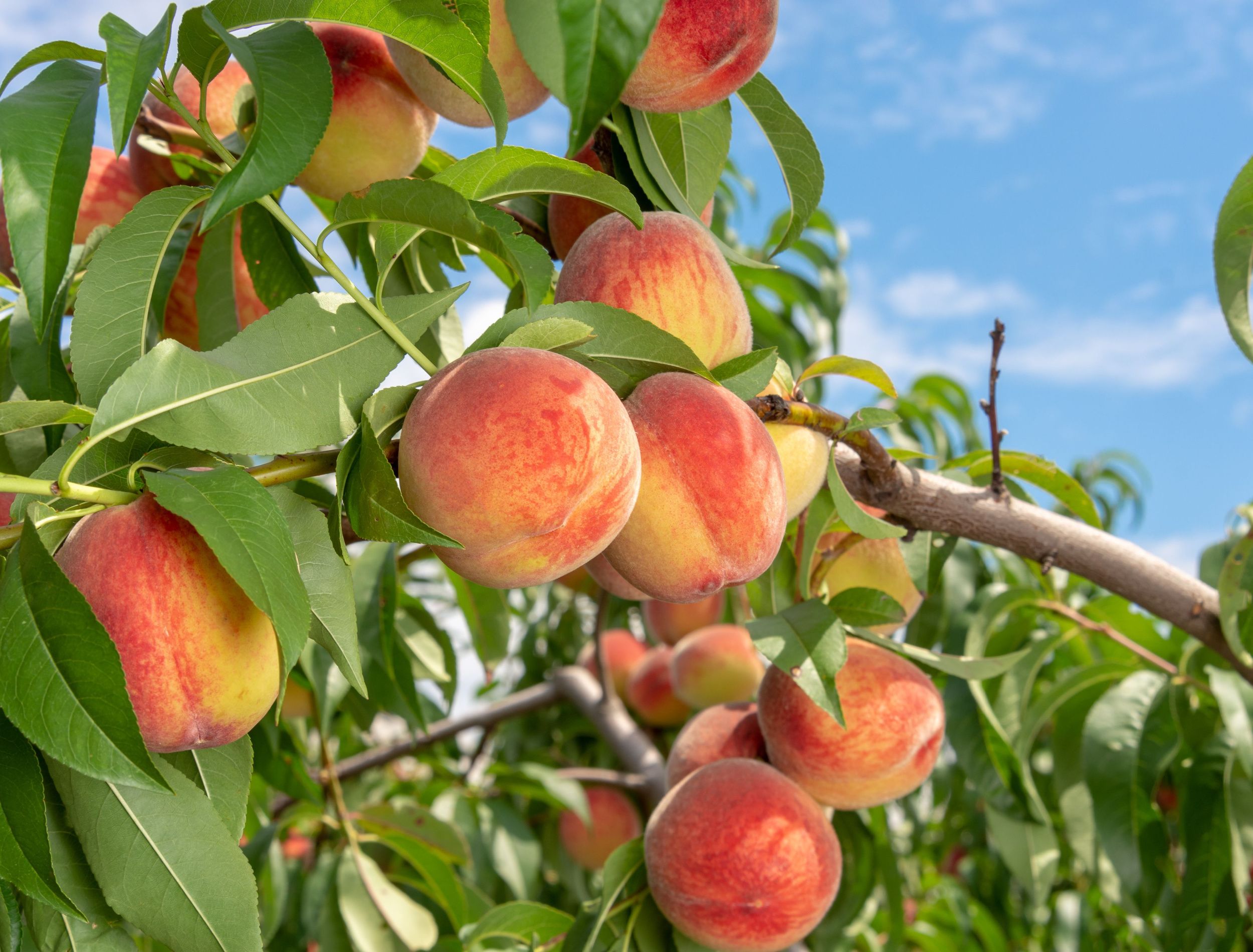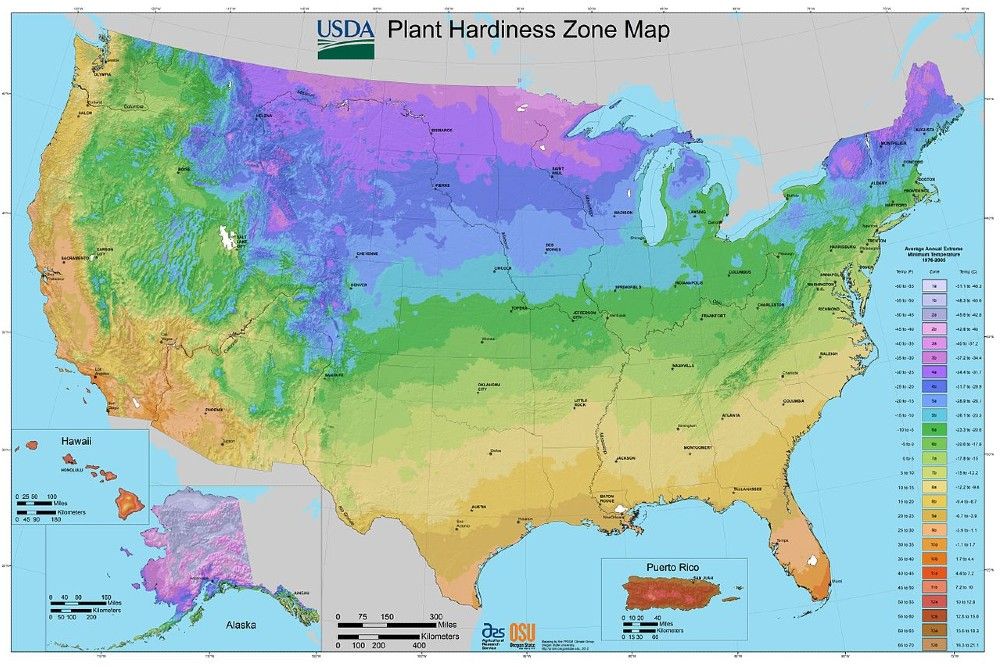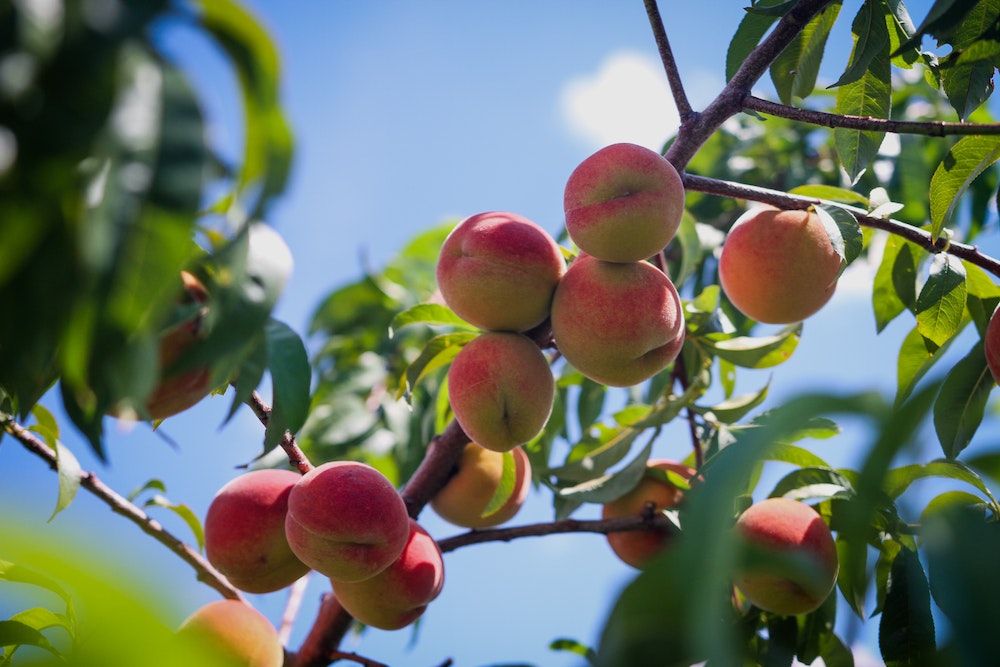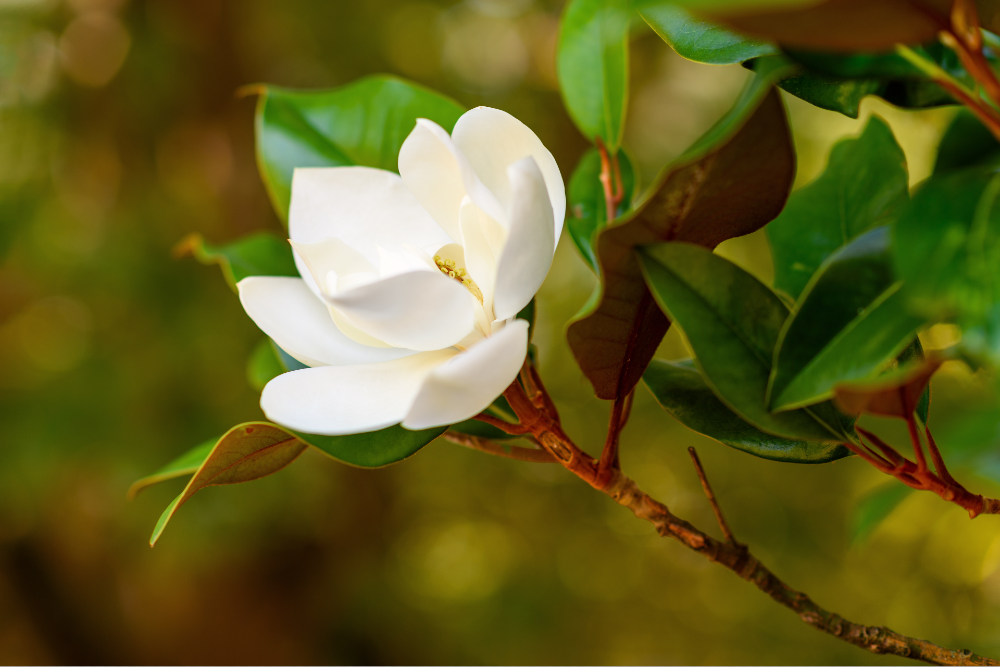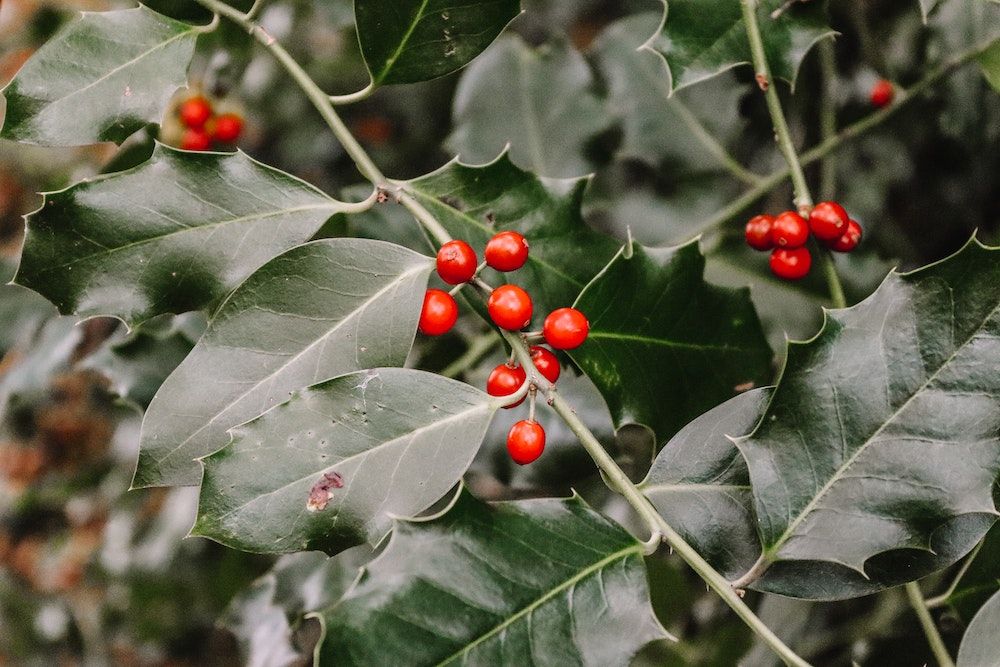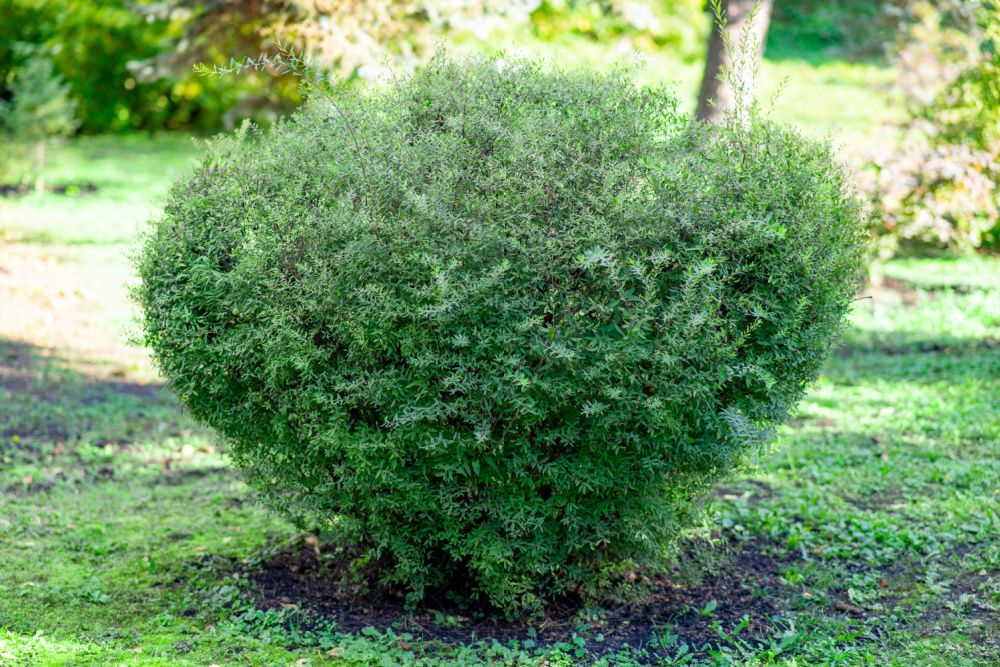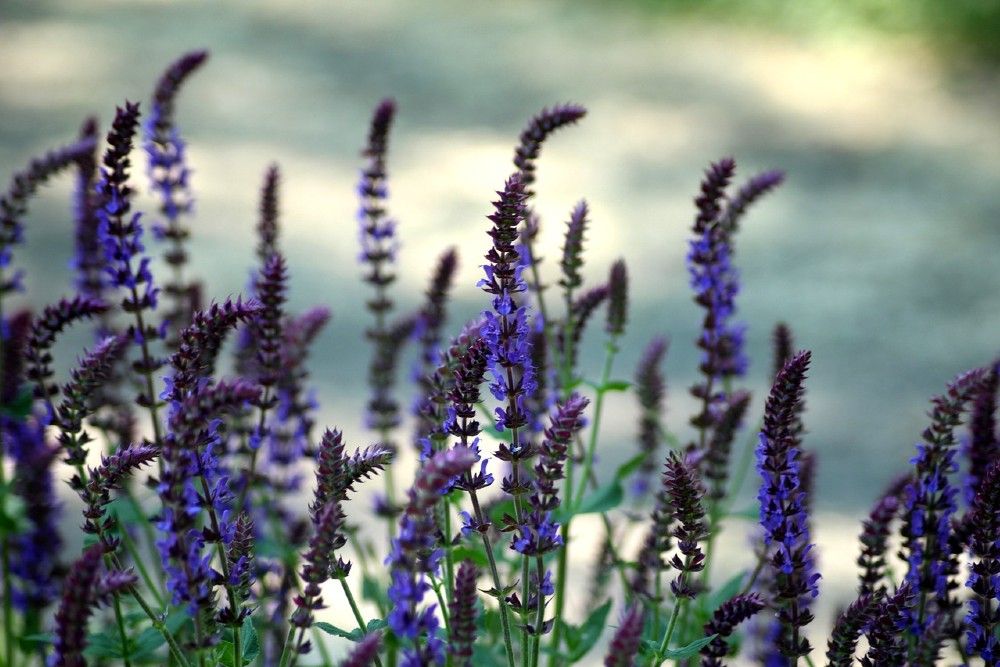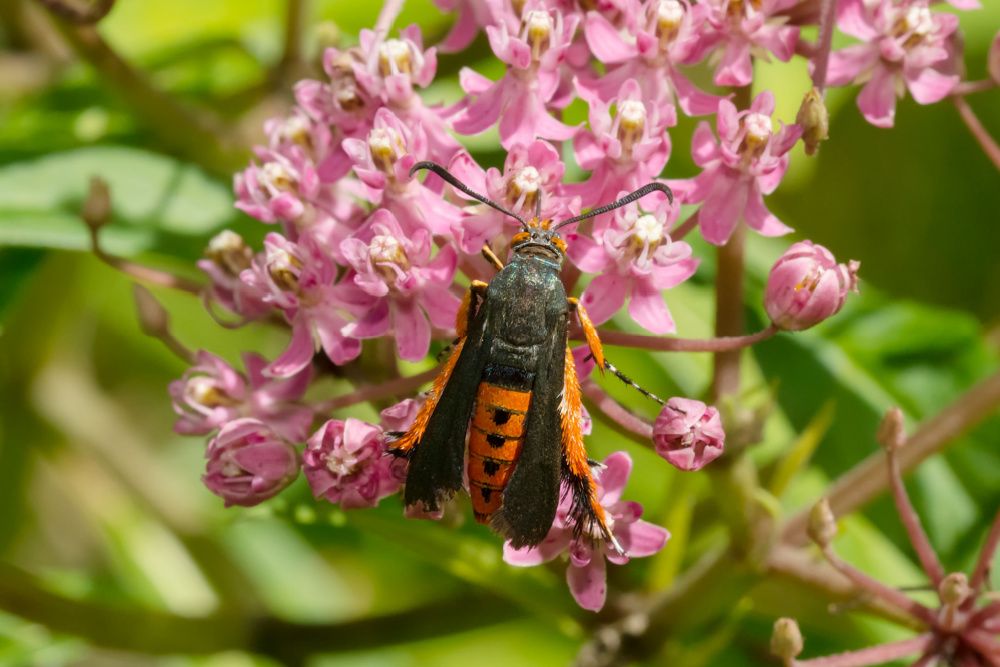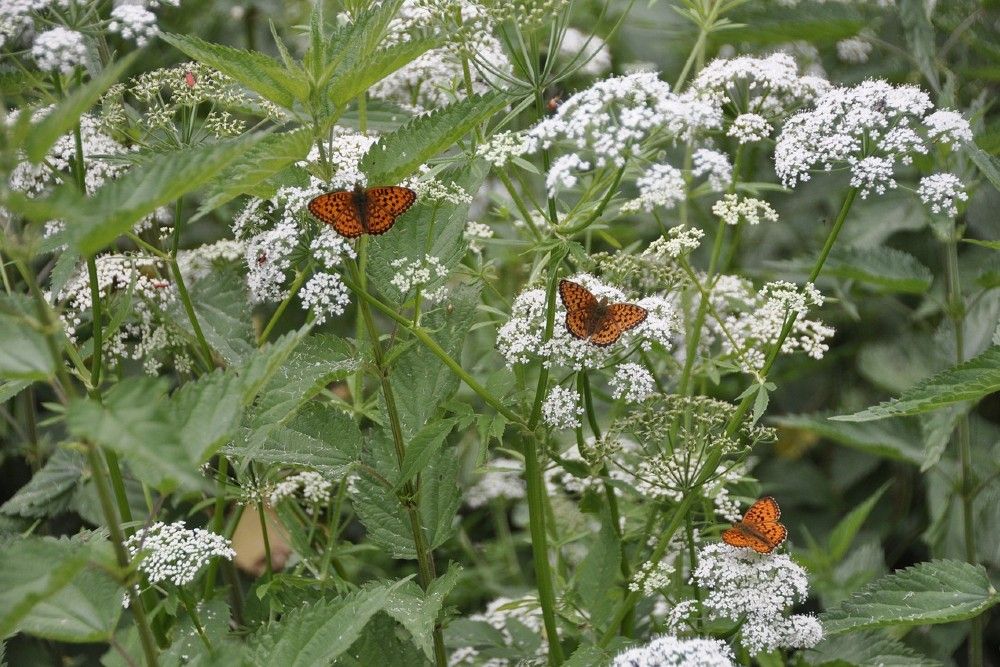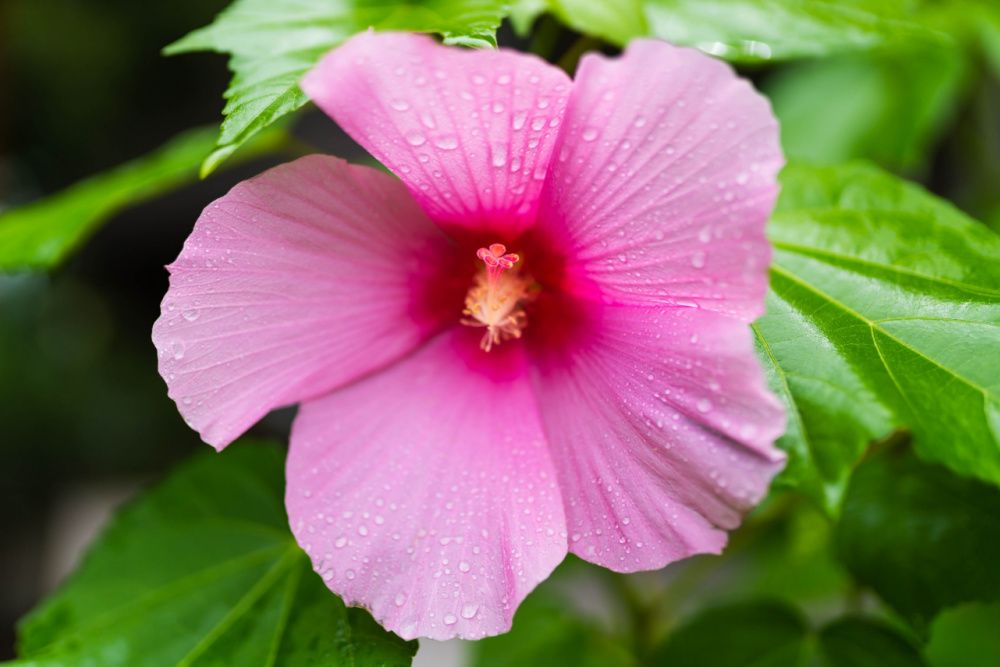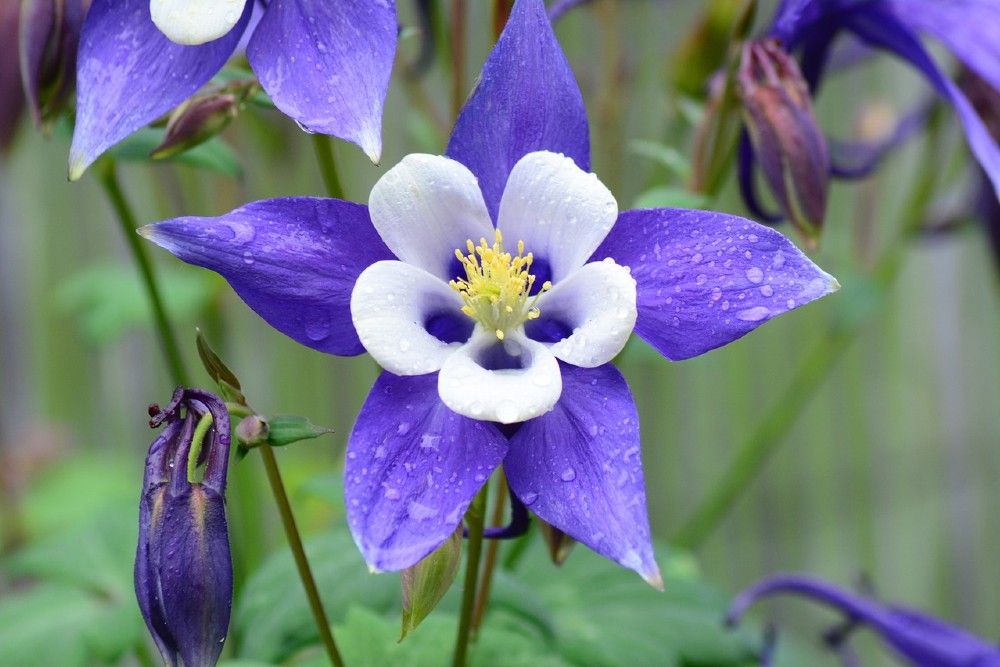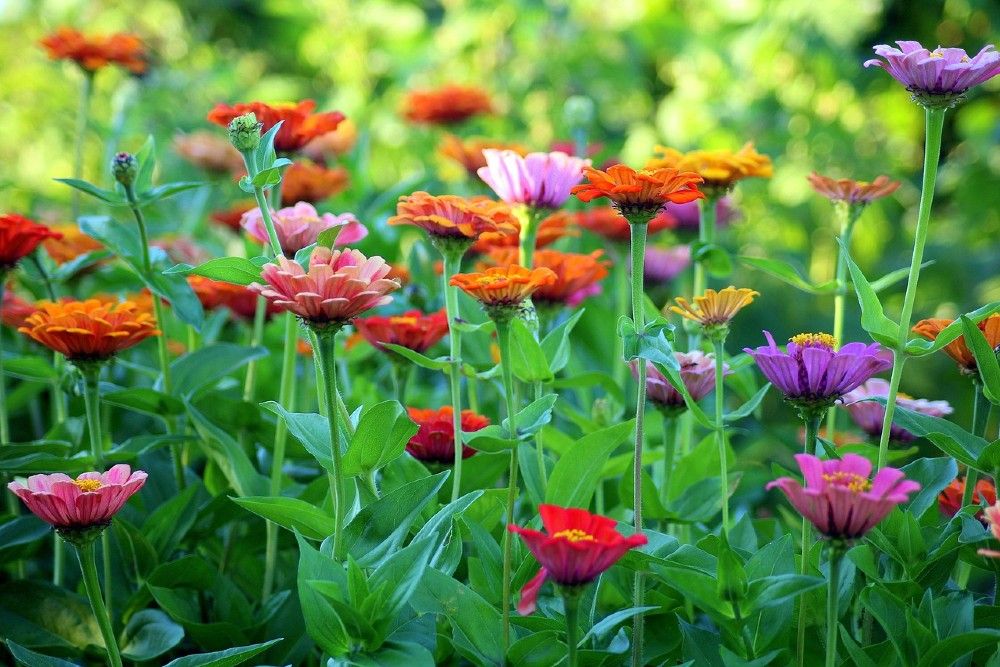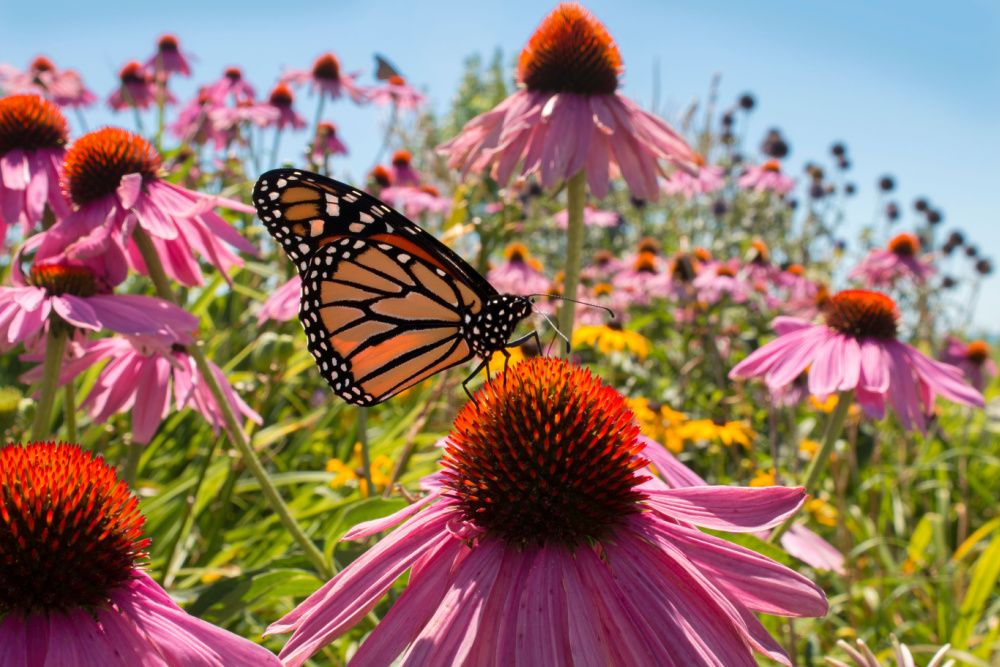For those that live in zone 7, there are a plethora of stunning annual and perennial plants to choose from. Gardeners that live in USDA zone 7 often experience warmer climates which means there are many options for planting, from delicious fruit trees, flowering bushes, and show-stopping flowering plants that will draw all the pollinators to your yard. Regardless of whether you live in 7a or 7b, there are a variety of plants that will thrive, providing you with plentiful options to make your garden an oasis.
What Is Hardiness Zone 7?
Stretching in a band across the mid-southern United States, the geography and climates in zone 7 are quite diverse. Zone 7 is a vast zone, encompassing many states, from Washington all the way across Kansas and over to Connecticut. With average lowest temperatures of zero to 10 degrees Fahrenheit, and a long growing season from May through to September, there are a variety of stunning annual and perennial plants that are perfect for the growing conditions in this region.
Peach Tree
Fruit trees can be a fantastic addition to your property, but peaches, especially, are highly coveted and grow best in zones 6 through 8. Peaches prefer well-draining sandy soil, and their growth can be severely stunted by early spring frost, making them ideal for drier and warmer climates. Some of the best varieties for zone 7 include; 'FlordaKing,' for its large fruit size, 'Contender,' for its hardiness, and 'Redhaven,' for its red color.
Southern Magnolia
The Southern Magnolia, native to the southeastern United States, flourishes in zones 7 through 9. Able to grow 6 to 8 feet in height, this evergreen tree produces large, white flowers that bloom throughout the early spring and summer months. Able to withstand the strong rays of the sun, this tree thrives from Maryland all the way to Texas.
Common cultivators that grow well in zone 7 include 'Little Gem,' a semi-dwarf variety, 'Teddy Bear' with leaves that resemble teddy bears, and 'Brackens Brown Beauty,' which is more compact.
Chinese Holly
Chinese Holly is a stunning evergreen that can grow up to 15 feet with bright red berries that add a pop of color to the dreary winter landscape. Best grown in zone 7 through 9, the plant is drought-hardy and also stands up to the heat of the sun. Common cultivators that grow well in zone 7 include 'Burford,' 'Dwarf Burford,' and 'Rotunda.'
Boxwood
Boxwoods are a staple evergreen that are ideal as hedging plants or as an accent plant. Hardy in zone 5 through 8, zone 7 is one of the last zones you can grow boxwoods happily, as they don't hold up well to drought stress in warmer climates. For those that experience high summer temperatures above 90 degrees Fahrenheit, a shaded area of the house is an ideal placement. Boxwoods are versatile, generally low-maintenance, and resistant to larger pests such as deer and rabbits.
Popular cultivators for zone 7 include 'Vardar Valley' for its resistance to leaf miner, 'Highlander' for its vertical interest, and 'Elegantissima' for its stunning white-bordered leaves.
Sage
Sage is especially stunning in the garden as a border plant with spectacular purple flowers that bloom in the summer months. Sage is also a fantastic herb for keeping away the pests in the garden, repelling cabbage moths and carrot rust flies.
While hardy in zone 4 through 10, sage loves the sun, and produces better in warmer climates and when planted in a sunny location. There are many different varieties of sage that will grow as a perennial in zone 7, including culinary, medicinal, and ornamental plants. 'Icterina' is primarily ornamental, 'Holt’s Mammoth' is a variety of culinary, and 'Pineapple sage' is a variety used in teas.
Milkweed
While it has not always been the most popular plant, despite its name, milkweed is not a weed. Milkweed is an essential food for monarchs and other pollinators and is an ideal plant for zone 7. Milkweed is hardy in zones 3 through 9 and is easy to plant from seed. However, it can spread quickly, so as an alternative, you can also grow them in pots. In recent years, the popularity of growing milkweed for its stunning flowers, and natural pollinator draw, has increased.
The best types of milkweed for monarchs that grow well in zone 7 include common milkweed, swamp milkweed, and butterflyweed. Whatever variety you choose, be sure to select one that is native to your area, as tropical milkweed has negative impacts on wildlife. 'Four-leaf milkweed,' 'Purple Milkweed,' and 'White Swamp Milkweed' are all varieties native to Arkansas, for example.
Yarrow
Yarrow is a pest-resistant, low-maintenance perennial that is hardy in zones 3 through 9. However, since it struggles in the extreme heat when temperatures rise above 90 degrees Fahrenheit, zone 7 is an ideal zone to enjoy the plant's flowers. The blooms form in stunning clusters, and present in an array of colors, from pink to yellow. Yarrow is a fantastic choice for those looking to draw pollinators to their yard, and also holds medicinal properties.
Popular cultivators include, 'Cerise Queen,' with pink flowers, 'The Beacon,' with red blooms and yellow bullseyes, and 'Coronation Gold,' for its bright yellow petals.
Hibiscus
Hibiscus are a show-stopping flowering plant that can grow up to 8 feet in height when provided with full sun and are hardy in zones 5 through 9. Not only do they flourish in warmer climates and attract pollinators, but their unique flower shape that spans up to 12 inches across also draws the elusive hummingbird.
They are easy to grow from seed or cuttings, and although most die back in the winter, they will re-bloom the following year with proper care. Common cultivators that thrive in zone 7 include; 'Texas Star,' popular for its five petals, 'Lord Baltimore,' for its red flowers, and 'Anne Arundel,' for its pink blooms.
Columbine
Columbine is a hardy perennial flowering plant that has spectacular multicolored petals ranging from pink to blue. Hardy in zones 3 through 9, this flower is also drought-resistant, making it ideal for growing in drier climates. Columbine is a spring bloomer that the pollinators love, but thankfully the deer will stay clear of it.
Columbine is easy to grow from seed, and there are many available varieties. Popular cultivators for zone 7 include, 'Corbett' with yellow flowers, 'Little lanterns,' with its red and yellow petals, and 'Swan Pink and Yellow.'
Zinnias
While Zinnias are an annual, they are quick growing, and an ideal flower for hotter zones. Best grown in zones 3 through 9, they thrive in temperatures between 74 and 84 degrees Fahrenheit, rewarding the gardening with large blooms of up to 12 inches across. From pink to yellow, there are many colors to choose from to add a pop of color to your garden, which the pollinators will thank you for.
Zinnias are also easy to collect seeds from, meaning you can save and store seeds for the following year, and even share with friends. Stunning cultivators that grow well in zone 7 include, 'Green Envy,' 'Candy Cane,' and 'Benary’s Giant.'
Coneflowers
Coneflowers, commonly known as Echinacea, are a long-blooming perennial plant that holds up to extreme heat and are hardy in zones 3 through 9. Native to the United States, they are versatile in a variety of soil types and produce aesthetically pleasing blooms that are easy on the eyes, attract pollinators, and that you can use medicinally, most commonly in teas.
Self-seeding without being evasive, coneflowers are the perfect addition to any garden, adding a tall and colorful attraction to your yard. Common cultivators that produce well in zone 7 include the more traditional ‘Roberts Bloom,’ with red-purple petals and orange centers, the ‘Tennessee coneflower,’ with green-pink centers, and the ‘Yellow Coneflower’ or Ozark coneflower.
11 for Zone 7!
With the warmer climate in zone 7, it is the perfect region for growing the diversity of plants that your heart desires. From juicy peaches to aromatic sage, there are options for all palates and aesthetics. Whenever selecting new plants for your garden or yard, be sure to source native seeds or plants to keep your ecosystem thriving.
What are your favorite plants for zone 7?

